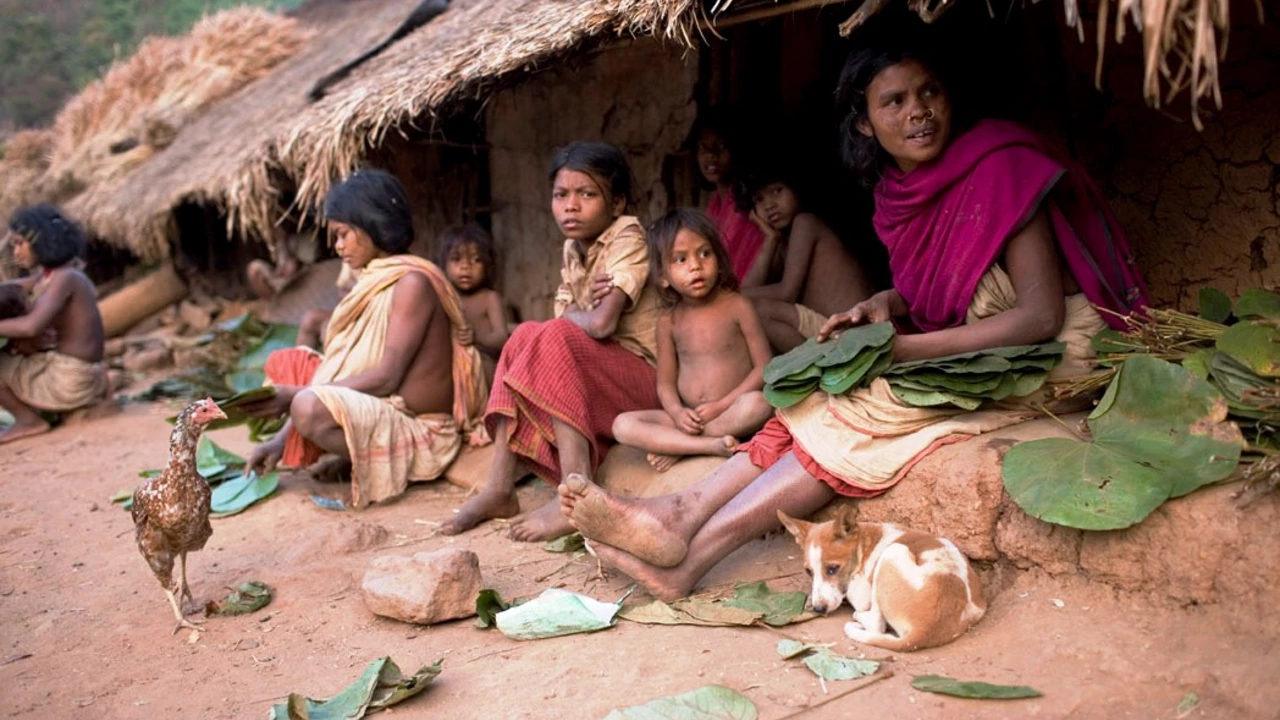Discover Real Cultural Experiences Across India
India isn’t just a country; it’s a collage of flavors, sounds, and daily moments that shape who we are. Whether you’re tasting a steaming idli for breakfast, stepping into a bustling rural market, or figuring out life in a new city, each experience adds a unique thread to the Indian story.
Food That Tells a Story
South Indian breakfasts are a perfect entry point. Think fluffy idlis, crispy dosas, and hearty uttapams – all made from simple rice and lentil batter that ferments overnight. The fermentation not only makes the food lighter but also boosts nutrition, giving you protein and fibre in one bite. Pair them with coconut chutney or sambar, and you’ve got a meal that’s both comforting and energising. If you’ve never tried it, the best place to start is a local dhaba or a family kitchen; the aroma alone will convince you.
Beyond the south, Indian cuisine can feel odd to newcomers. Many Americans, for instance, label ghee, bhel puri, or even chapati as “weird.” The truth is these foods are everyday staples that carry centuries of tradition. Ghee adds depth to dishes, bhel puri mixes texture and spice in a single bite, and chapati serves as a versatile utensil for scooping curries. Trying them is like opening a window into the daily rhythm of Indian households.
Living the Culture: From Villages to Metros
Life in an Indian rural village is a blend of hard work and strong community ties. Agriculture dominates, but festivals, local fairs, and shared chores bind people together. You’ll hear stories of farmers rising before dawn, the communal preparation of meals, and elders passing down folklore under a banyan tree. It’s not all pastoral bliss; challenges like limited infrastructure and caste dynamics are real, yet the resilience you witness is unmatched.
Now flip the script and imagine moving from South to North India, or from a village to a city like Hyderabad. The shift can feel like stepping onto a different planet. North Indian metros boast slick infrastructure, higher salaries, and a fast‑paced lifestyle, but they also bring traffic jams and a higher cost of living. Adjusting means learning new slang, navigating different food habits, and sometimes dealing with cultural misunderstandings. The key is to stay curious, ask questions, and embrace the learning curve.
Even within the same country, the concept of “home” can evolve. An Indian living in Japan, for example, faces language barriers, visa hassles, and a tiny Indian community, yet many succeed by blending Japanese work ethics with Indian family values. Their stories highlight that cultural experiences aren’t limited to geography – they’re about how you adapt, share, and grow wherever you are.
So, what can you take away from all this? First, food is the easiest gateway; try a local dish, ask about its origins, and you’ll instantly connect with people. Second, don’t shy away from stepping out of your comfort zone – whether it’s spending a night in a village homestay or joining a city meetup. Finally, remember that every cultural encounter adds depth to your own story. The more you engage, the richer your understanding of India becomes.
Ready to add your own cultural experiences to the mix? Grab a plate of dosa, strike up a conversation with a villager, or explore a new neighborhood. India’s cultural tapestry is waiting, and every thread you touch makes it brighter.
What is it like to be an Indian living in Mexico?
Living as an Indian in Mexico is a unique experience full of exciting cultural fusion. The Mexican warmth is quite similar to Indian hospitality, making one feel welcome and at home. However, the language barrier can be challenging, as Spanish is predominantly spoken. Indian cuisine is well-appreciated, yet finding authentic Indian ingredients can be tough. Lastly, despite minor cultural differences, the vibrant festivals and family-oriented cultures of both countries have similarities that forge a special bond for an Indian living in Mexico.
